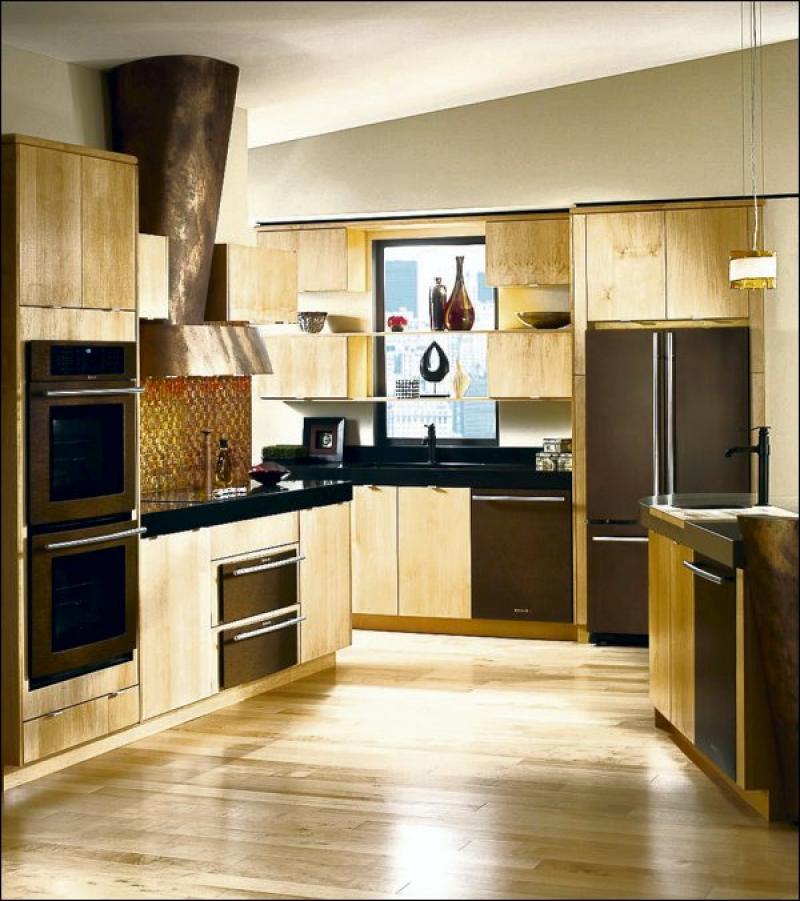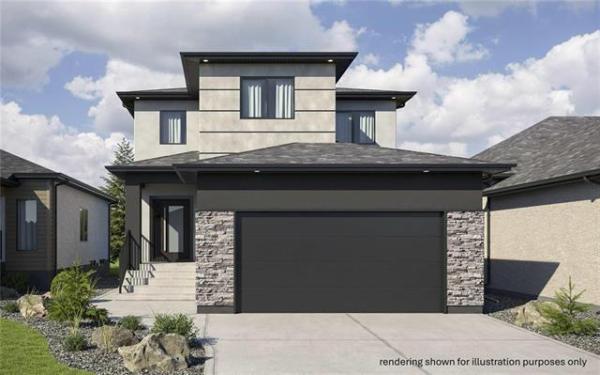
1. There are five basic kitchen layouts: The L: Good layout for a kitchens open to a dining room, uses space along two walls of the kitchen. The U: Efficient use of a narrow space uses three walls leaving plenty of space for the "work triangle." The galley-style kitchen: Similar to the U, without the wall on one end, leaving two parallel walls. This allows access to the kitchen from both ends, which can be very practical. The wall-style kitchen: All appliances are lined up along a single wall, not very efficient design for the cook, because of constantly having to move from one end of the kitchen to the other. The double-L: Preferred by many gourmet chefs, this layout consists of a large L, running along two connecting walls, then a smaller L which has one leg against the third wall of the kitchen, with a peninsula extending into the kitchen.
2. When designing your kitchen, be aware. Designers may have little or no training (especially at lumber yards and home centres). Always ask to see references or photographs of their work before putting your trust in any professional. Anyone can place cabinet boxes into a floor plan, but it takes knowledge, experience, and skill to avoid the pitfalls of a poor design.
3. Kitchen lighting should be an integral part of your design plans. In the case of a very small kitchen, one light in the centre of the room will provide the general light. With most of today's kitchens being larger, a single light fixture in the center of the room will most likely not satisfy your lighting needs. The most common solution is recessed lighting. Recessed lighting is a good way to provide general lighting in a clean and modern way.
4. In some kitchens where there is space above the cabinets, lighting on top of the cabinets can look spectacular. Tray ceilings with crown molding can also benefit greatly from this type of lighting. Tip: Using either a low-voltage type track or rope light, can add that extra touch.
5. If you have a larger kitchen and plenty of work surfaces, opt for a couple of extra-tall cabinets that sit on top of the counter. Using some cabinets that are deeper or shallower than the standard 12 inches will add visual dimension to a kitchen.
6. Stagger the height of base cabinets and counters. Not all countertops need to be the same height. Lower a cook top by four to six inches and allow 15 to 18 inches of counter space at the same height on either side. In addition to providing some much-needed visual variety, a lowered cook top can be more ergonomic, particularly for short cooks.
7. On the other hand, since about 1940 kitchen counters have been a standard height of 36 inches. However, times are changing according to "The Countertop Uprising," an article published in the Wall Street Journal (March 18, 2005), more and more homeowners are remodeling and installing higher kitchen counters. This prevents the need to hunch over when handling food, especially for tall people. Tip: If you are thinking of building a home with a high countertop, also consider a vaulted ceiling in the kitchen as it is more aesthetically pleasing.
8. Hiding appliances is a matter of personal taste. Some people don't mind seeing the refrigerator from the family room. For those who do, cabinet-matching panels can camouflage the kitchen's largest machine. Panels for dishwashers, trash compactors, and icemakers are also available.
9. Plan ahead! Consider adding extra electrical outlets just in case you need them in the future. This may include adding outlets to a kitchen island.
10. While it may be tempting to place a tall fridge and built-in wall oven next to each other, try not to; each needs its own landing space on both sides of the appliance for safety.
11. The classic kitchen triangle regulates work flow. The three "points" of the triangle are: sink, stove/oven, and refrigerator. In planning a kitchen, the cook should be able to move unimpeded between the three points, and the distances between those points should not be far. Tip: Try to keep the straight-line distance between the sink, fridge, and cook top between 12 and 23 feet.
12. When dishwashing, the sink should be approximately at the level of one's navel, in such a way that plates can be held with column straight and elbows forming a 90º angle. Whereas taller people would feel comfortable working with a 10" deep sink, smaller persons could be at greater ease with 8" deep sinks.
13. In kitchens, ideally everything should be full-extension. That means that drawers should come all the way out of the cabinet, instead of only two-thirds. You need to see and reach all of your tools, or you will need more drawers to do the same work. Oven racks also need to be full-extension. The very best cabinetry will slide forward smoothly on ball-bearing slides.
14. For the floors consider a material with extra give such as; wood, rubber or cork, which are easier on feet and legs. Alternatively, you can place mats or small rugs with non-slip padding near the stove and sink.
15. When positioning the ever-essential garbage can, the standard guideline is that the top edge of the bin should be no higher than 36". Tip: Using one cupboard to hide the garbage receptacle is a good idea.
I stand corrected: Last week I wrote this...
"Freshen up the interior of an automobile. Fill a tub with vinegar and place it on the floor in the front seat, close the windows, open the vents and turn on the heat full blast. Let the car run in this state for an hour before removing the tub." A number of Manitobans have since reminded me about the potential contribution to global warming by letting a car idle for an hour.
Solutions is compiled from various sources: howstuffworks.com, kitchenplace.com, howtodothings.com, homerenovations.about.com, megavolt.co.il, absoluteremodeling.com, ezinearticles.com, wellborn.com, donsilvers.com, interiordesign.net. Similar information may be found elsewhere.
Solutions Sleuth, Reena Nerbas is a home economist and speaks professionally on the topic of household challenges; she is also the author of two national bestsellers, Household Solutions 1 with Substitutions and Household Solutions 2 with Kitchen Secrets. She can be heard on radio programs across Canada and seen on the CBC TV show Living Winnipeg.
www.householdsolutions.org



